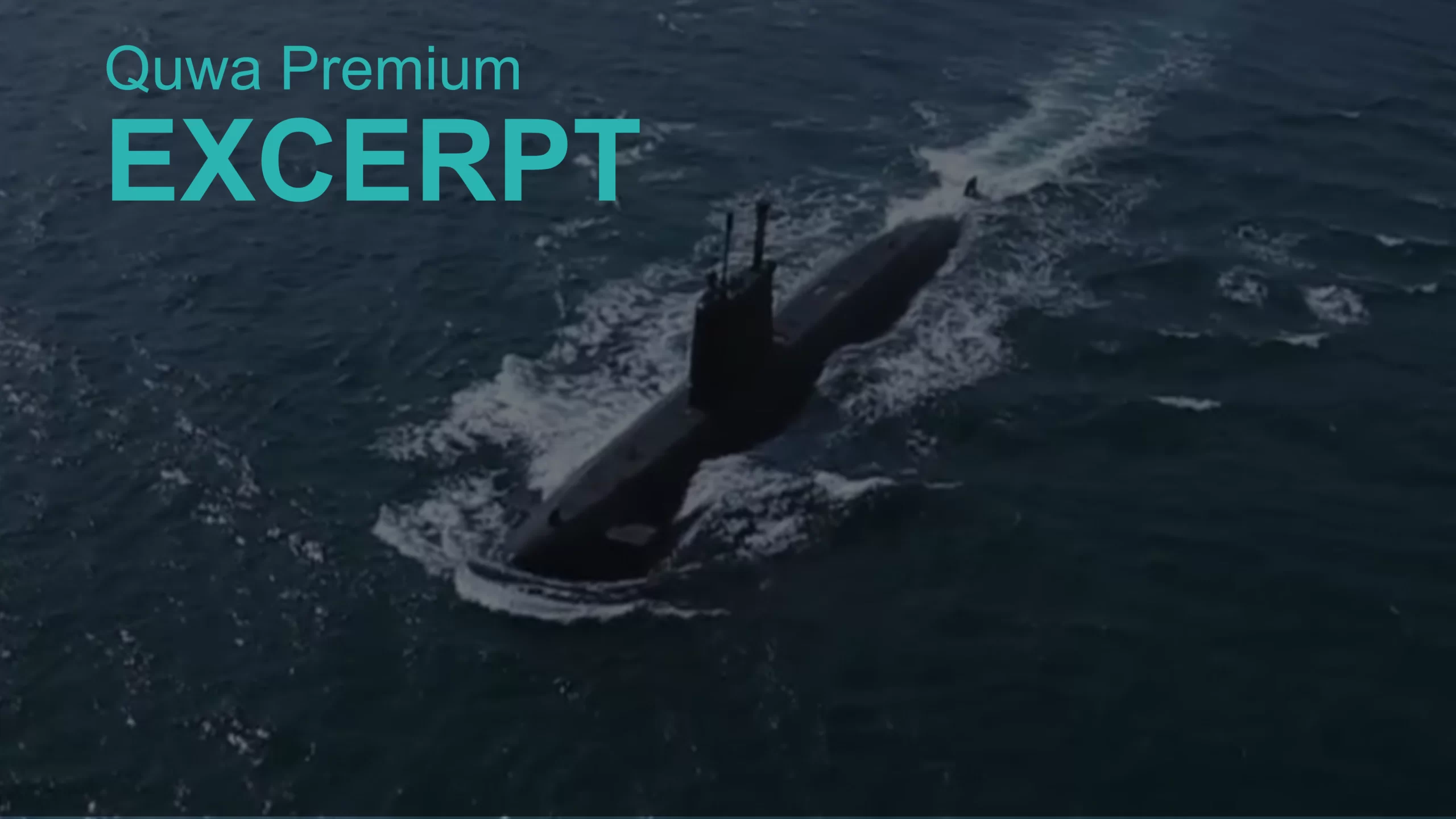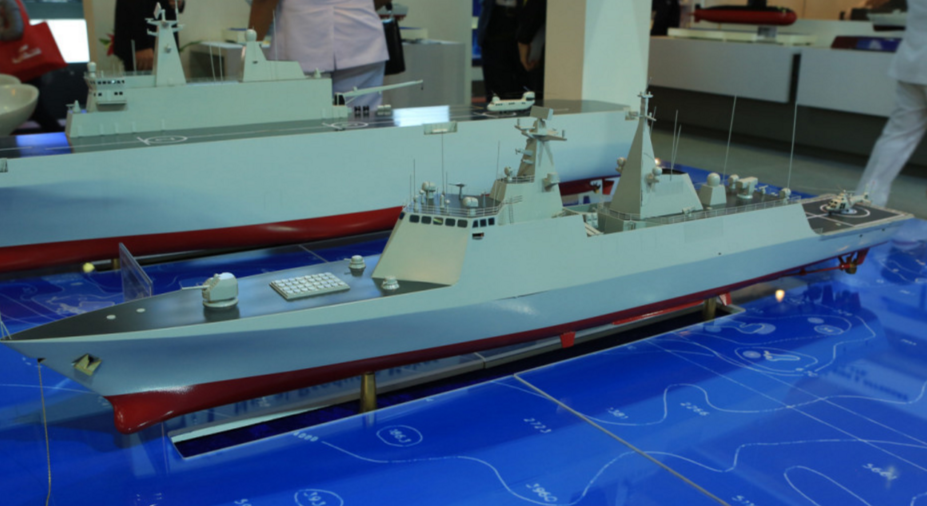4360Views

The “Silent Service” is Still the Future of Pakistan’s Navy
In a way, an original submarine program would be more important than any of the surface with a vision of a 50-ship fleet with over 20 “major surface vessels,” like frigates, one might assume that the Pakistan Navy (PN) is building towards a traditional naval set-up.
However, while it has a notably larger requirement for surface vessels, the actual future of its naval edge still rests in its submarine development, i.e., its “silent service.”
The nature of the “silent service” is that its programs are opaquer.
For example, the Hangor-class submarine, is certainly active. In fact, Karachi Shipyards and Engineering Works (KSEW) laid the keel of the fifth Hangor-class submarine (PNS Tasnim) and cut the steel of the sixth boat towards the end of December 2022.
However, the PN has been reluctant to release other details, like the status of the first four boats (other than previously stating that all eight Hangor-class submarines will come by 2028).
The Hangor program had seemingly hit an obstacle several years ago when Germany refused to release export licenses for MTU diesel engines. In April 2022, Pakistan’s previous Chief of Army Staff, Gen. Qamar Javed Bajwa publicly stated that the Hangor-class submarine was to use German engines, but the PN was unable to secure the export licenses from Berlin.
Originally, China had apparently marketed its export submarines with MTU 12V 396 SE84 engine. In fact, it had also sold the S26-series to the Royal Thai Navy (RTN) on this premise of securing the MTU engines. But with Germany refusing to release these engines, the RTN deal is not proceeding as scheduled.
China had offered the RTN an alternative engine – i.e., the domestically built CHD620. While the RTN has not taken China up on this option, it seems that the PN has with its Hangor-class project. If accurate, then the Hangor-class submarine is probably a stock configuration comprising of Chinese solutions across the engine, AIP, electronics, and weapons stacks.
There are some design modifications, and that can be seen in the Hangor having a heavier displacement (2,800 tons to the S26’s 2,550 tons) and a slightly shorter length (76 m to the S26’s 77.7 m). But otherwise, the Hangor-class is probably similar to the S26 in its most important areas, like critical subsystems (e.g., AIP, engines, etc). It is possible that the more significant changes could be a result of making the Hangor-class compatible with the Babur-series cruise missile, for example.
Overall, the benefit of sticking to a stock configuration (i.e., with minimal customization work) is that the PN can aggressively control the cost of the submarines. In addition, proceeding with a stock model could also help prevent delays and technical complications with the program…
End of excerpt. Subscribe to Quwa Premium to read the rest of this section.
An Original Submarine Design Incoming?
However, one can also see from later programs that the PN began to delve into either heavily customized designs, or original projects. The Jinnah-class frigate and the Sea Sultan long-range maritime patrol aircraft (LRMPA) headline these efforts. These are far more high-risk and high-cost endeavours. The Jinnah-class project came into being after the Tughril-class frigate (i.e., the “safe” option) was finalized.
Quwa believes that the PN will take a similar approach with submarines. While the Hangor-class provides a “safe” baseline, a more advanced and capable project is likely on the PN’s roadmap. Starting in the mid-2030s, the Agosta 90Bs will start showing their age. With no lifecycle support from France, the PN would likely have to consider replacing the Agosta 90Bs by the 2040s.
In fact, the previous Chief of Naval Staff, Adm. Zafar Mahmoud Abbasi, said that the PN will become a “submarine-building navy.” Thus, there is an emphasis on domestically producing submarines…
End of Excerpt (601/1,176 words)
You can read the complete article by logging in (click here) or subscribing to Quwa Premium (click here).
For More Pakistan Navy News and Analysis, See:


